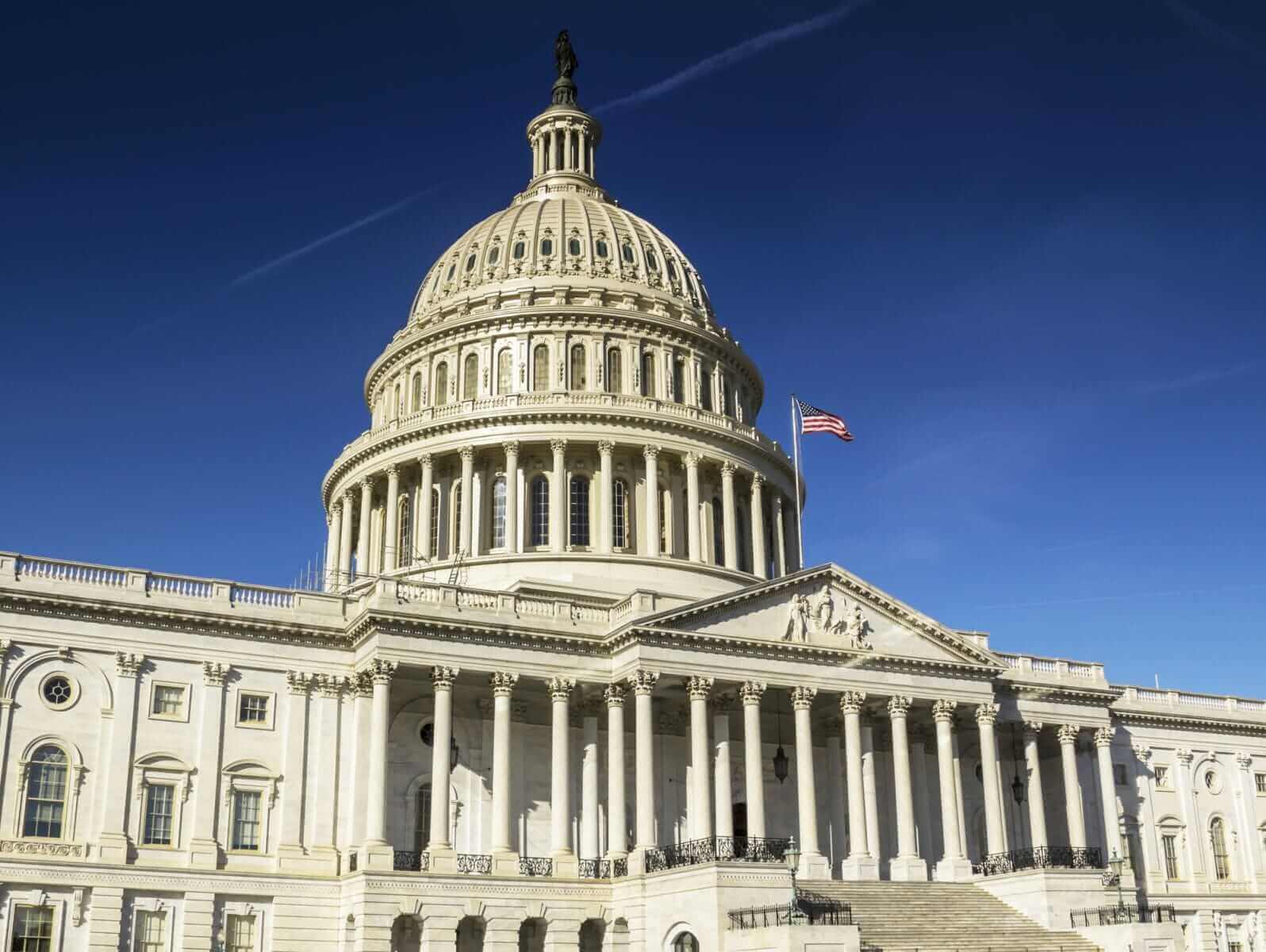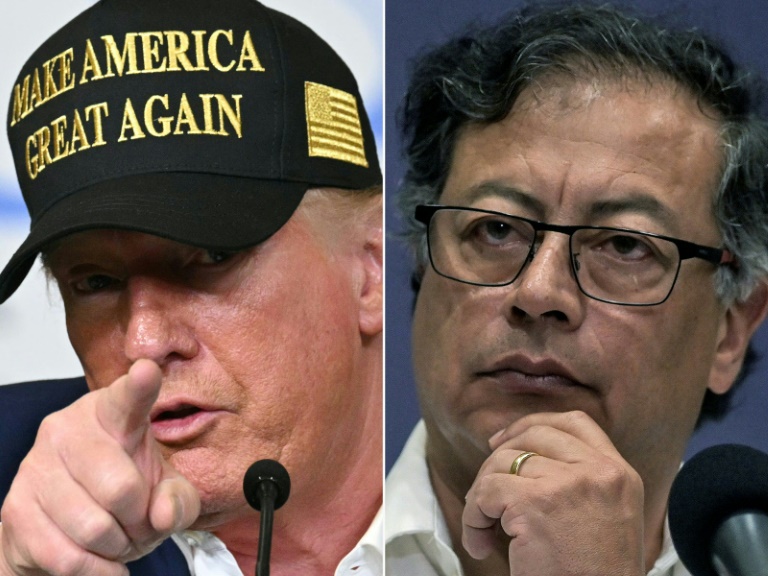Copyright Barchart

Let’s not beat around the bush: There’s been a lot of doom and gloom surrounding this government shutdown. It’s not hard to see why. When Washington grinds to a halt over its partisan budget battles, millions of Americans turn into collateral damage. And as we enter week four of what may turn out to be the longest government shutdown in U.S. history, a whole lot of hard-working families are facing insurmountable financial hurdles. But here’s the twist: History shows that shutdowns often have positive effects on the stock market. So if you’ve been dipping your toe into the world of investing, this latest political blip might actually work in your favor. To explain why, let’s take a closer look at what happens during a government shutdown, how markets normally respond, and what the history books tell us about stock movements during periods of government turmoil. What Happens When the Government Shuts Down? You’ve probably seen a lot in the news this month about government shutdowns and arguments up on Capitol Hill. But unless you were a political science major, a lot of the infighting probably sounds like gibberish. So, what’s actually going on with this shutdown? Before the start of each fiscal year, Congress needs to pass a funding bill that allows the government to keep borrowing money on “non-essential” spending. Without passing that legislation, the government isn’t legally allowed to spend money. But what lawmakers consider non-essential wouldn’t exactly meet the definition you or I might come up with. We’re talking about hundreds of thousands of federal employees getting furloughed, and agencies like the IRS, NASA, and the EPA shutting down almost all services. National parks shut down, museums close, nobody’s working on the economic data releases we normally set our clocks to, and government contractors stop getting paid. Meanwhile, all the “essential” workers have to keep going to work, but not all of them are getting paid. Social Security payments keep going out, air traffic controllers are still on the job, and military staff report in. That means millions of Americans are going to be finding it hard to keep paying household bills until the paychecks resume. But from a macroeconomic point of view, the U.S. keeps chugging along. According to the Congressional Budget Office (CBO), the country’s GDP does take a hit when there’s a prolonged shutdown because there are fewer services being provided and less people spending money as a result. But GDP tends to rebound pretty quickly when lawmakers finally do reach a compromise and spending resumes. Translation: Government shutdowns are incredibly disruptive. But it doesn’t have traumatic, long-term effects on the wider economy. And over on Wall Street, a shutdown actually offers some surprise opportunities for big net gains. What Does a Government Shutdown Mean for the Stock Market? Everybody knows investors hate uncertainty. And while markets do tend to have a negative reaction in the weeks leading up to a government shutdown, share prices tend to bounce back within days. Most traders understand that shutdowns are only temporary. As a result, markets tend to overlook all the short-term political drama and focus on the fundamentals like earnings, growth, and interest rates. Traders do miss out on some important economic data, which can lead to short-term mispricing. But for experienced traders, that’s actually a pretty good entry point to snatch up some low-hanging fruit before prices correct after the shutdown ends. On top of that, you’ve got the Federal Reserve working overtime to try and prevent panic. The easiest way to do that is normally to move ahead with further rate cuts. That provides an extra little boost to equities. And because federal spending slows down, inflationary pressures ease. That props up bond prices and boosts other rate-sensitive sectors like housing and tech. You get the idea. The bottom line is this: Shutdowns don’t hurt the stock market. If anything, they’re actually kind of good for bullish markets. Why History Tells Us That Stocks Should Keep Going Up It sounds counterintuitive, but the numbers don’t lie. Stocks rally in the aftermath of a government shutdown, and that growth is actually sustainable. That’s why life generally goes on for the stock market as if nothing’s happening over in Washington. The S&P 500 ($SPX) has been more or less static throughout October. But if you hit the rewind button a couple of years, prices actually tend to rally immediately after a shutdown is over. The day a deal was struck after the 2013 shutdown, the S&P 500 shot up more than 23 points. After President Donald Trump’s record-breaking 35-day shutdown in 2019, the index closed the year with a 24% gain. Even if this shutdown is totally unique, the S&P 500 has already posted solid gains in the year to date. With inflation cooling and the Fed kickstarting a rate reduction cycle, we’ve got a market setup that favors resilience. If the history books are anything to go by, a rally may be on the horizon.



